Tuesday Tutorials- The Mighty Macaron!
/Oh le macaron. Those perfect jewel toned cookies that take you entirely out of where you are standing and promptly in front of Pierre Herme in Paris.
They are a glorious little things aren’t they?
Except when they’re not. And sometimes they really, really aren’t.
Sometimes they are dry little meringues with a sad dollop of filling that makes the whole thing downright miserable.
Macarons done right are magnificent. Done poorly, are no good at all.
So today, I’m going to show you how to make macarons, the proper way.
I have made literally every mistake I think it is possible to make with a macaron. I have sat on the floor and wept not understanding what it is I have done wrong, and that is sadly, not at all an understatement. I’m not being dramatic. I have wept.
But here’s the good news. I have made every one of those mistakes so that you don’t have to. I can tell you every trick I’ve learnt so that you can do them perfectly.
Let’s get started shall we?
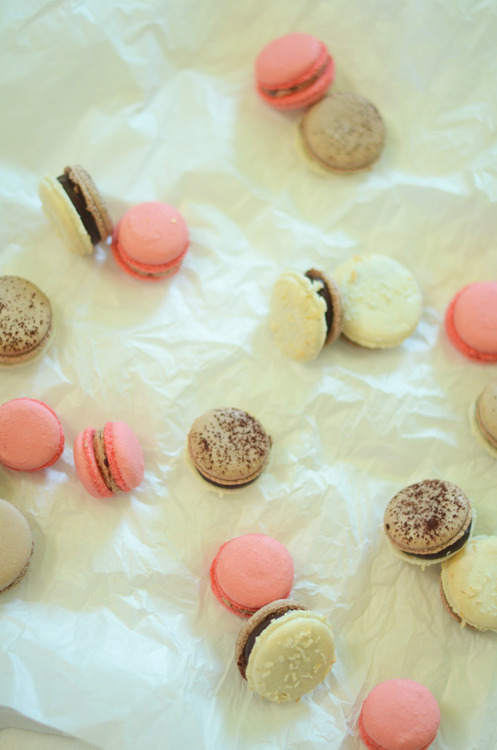
Macarons
Recipe from Pierre Herme
- 300g Sifted Ground Almonds
- 200g Icing Sugar
- 110g Egg whites
- 300g Sugar
- 110g Egg Whites
Filling of your choice (I’m a sucker for ganache- try this recipe!)
Sift the ground almonds and icing sugar into a large bowl.
Add the 110g of egg whites but do not mix them.
Put the remaining egg whites into the bowl of a standing mixer fitted with the whisk attachment.
In a small pot mix the sugar with a small amount of cold water so that the sugar has the texture of wet sand. Put a lid on it (if you don’t have a lid an upside down frying pan works well!) and put it on a burner over medium low heat.
When the mixture is boiling rapidly and all the sugar has dissolved you can remove the lid. You’re doing this so that the sugar doesn’t crystallize. By keeping the lid on, which encourages condesation in the pot, the sugar won’t crystallize against the edges. It’s a bit of a cheaters trick, and it works brilliantsly.
Now put your candy thermometer into the pot and turn the temperature up to medium high.
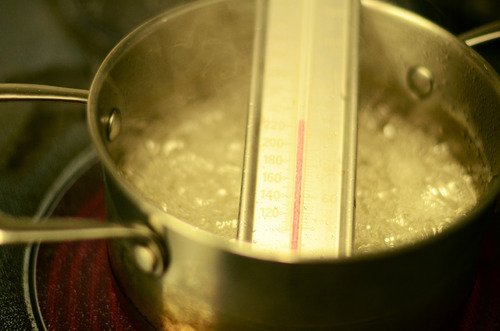
Cook the sugar mixture to 118C.
When the sugar get’s to 115C turn the mixer on medium and whisk the egg whites.
When the sugar gets to 118F carefully remove it from the heat and slowly pour it into the mixer with the motor running. You want to make sure you’re not pouring the sugar onto the whisk which it turn is splashing it on the side of the bowl. You’ll lose too much sugar, instead drip it down the side of the bowl in a thin stream.
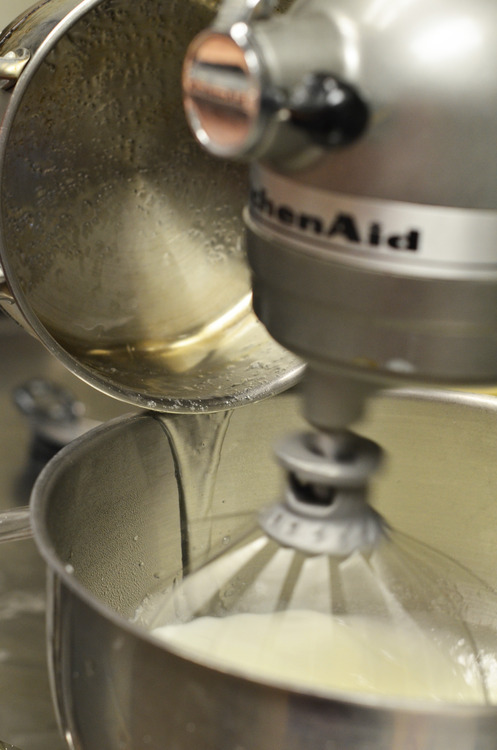
Once the sugar mixture is all in, keep the mixer running until it is very thick, but still slightly warm when you touch the side of the bowl. You want it to be just about body temperature.
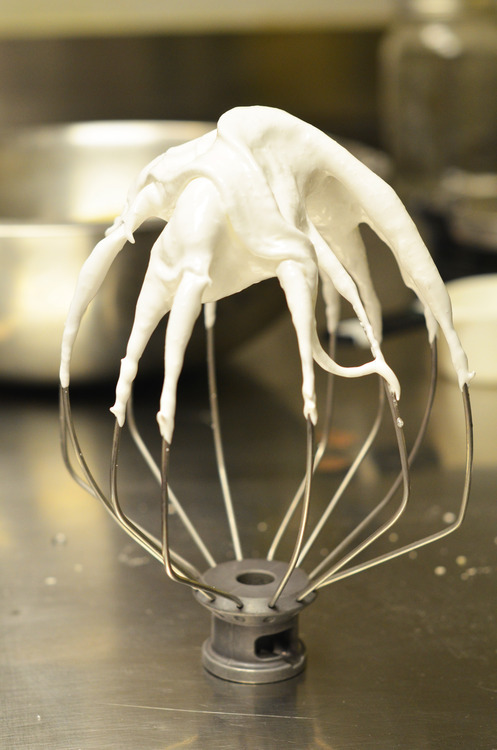
Now you can fold the two mixtures together. This is the trickiest part. This isn’t like normal folding egg whites in where you want to deflate it as little as possible. Instead you’ll actually whip them together with a spatula. The trick is deflating it just enough.
You want the batter to still be thick, but when you life your spatula up and let the dough fall back down, you’ll want it to melt back into the batter, although not too quickly.
That sounds tricky but here’s the nice thing; as soon as you start piping your macaron shells you’ll be able to tell if you did it right or not. If you didn’t, you can just scrape up the batter, mix it up a bit more and then pip it again. No problem. Don’t stress okay?
Good.
Now that you’ve made your batter it’s time to pipe. Fit your piping bag with a round tip about 5mm wide.
Line 4 baking trays with 4 silpats. If you don’t have silpats you can use parchment paper, but the parchment is likely to bend a bit when you’re baking and they won’t be quite as perfectly round.
Pipe your macaron shells to be about 1.5 inches and space them about an inch apart.
Now let them sit. You want to wait roughly 30 minutes, or until the soft shiny-ness of the macarons has dulled slightly and turned a bit more opaque. This hardens the shell and ensures that the shell won’t crack.
Preheat your oven to 350F.
Bake your shells one tray at a time, for about 4 minutes, then turn them, then another 3 minutes in a convection oven. In a standard oven it would be more like 5 minutes turn 4 minutes.
When you think they’re done gently wiggle the top of one with your finger: it should still wiggle but also be a little bit firm. Take them out and let them cool completely.
Cook the other trays the same way.
When they are fully cooled use an offset spatula to pick them up off the silpats, they shouldn’t stick too much.
Match them up in rows of two with ones that they are closest to in size (uless your piping skills are totally spot on there will be a few differences in size!)
Now gently push in the base of each shell- this will make more room for the filling.
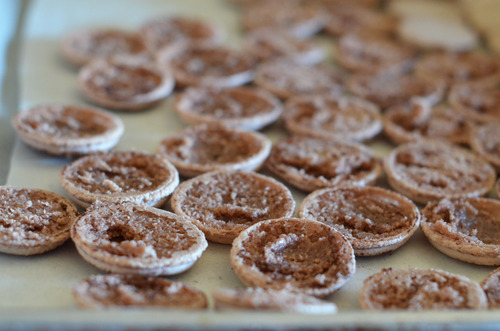
Pipe in your filling, and turn the tops over and gently sandwich them together.
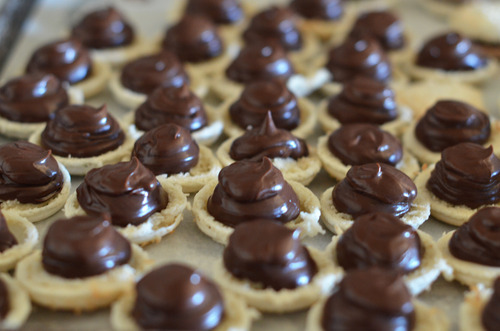
Le macarons! C’est Finis!
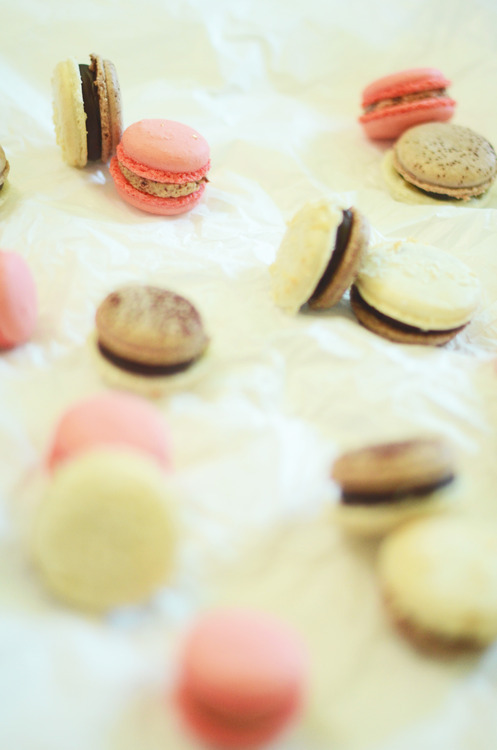



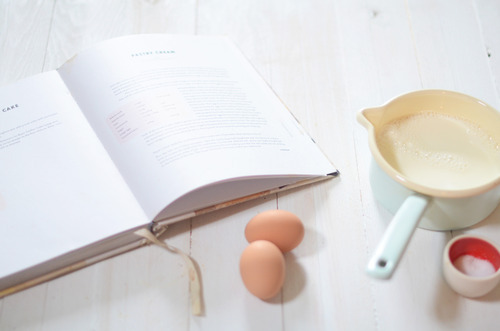
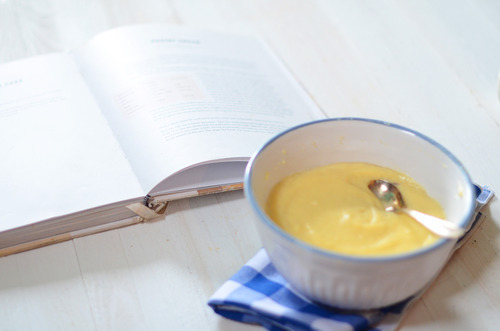
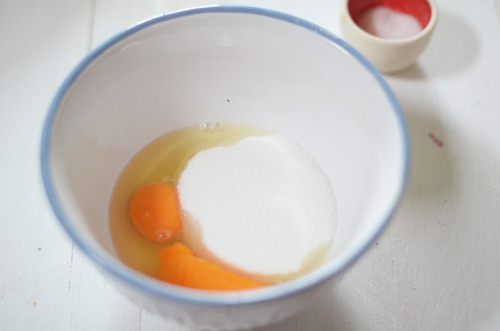
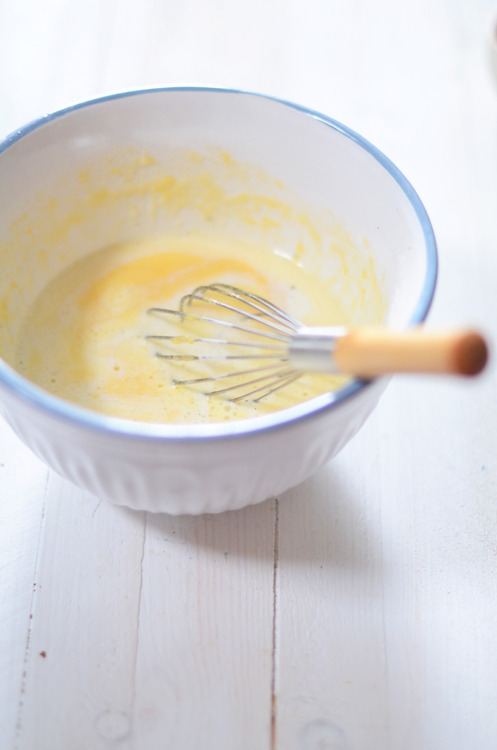
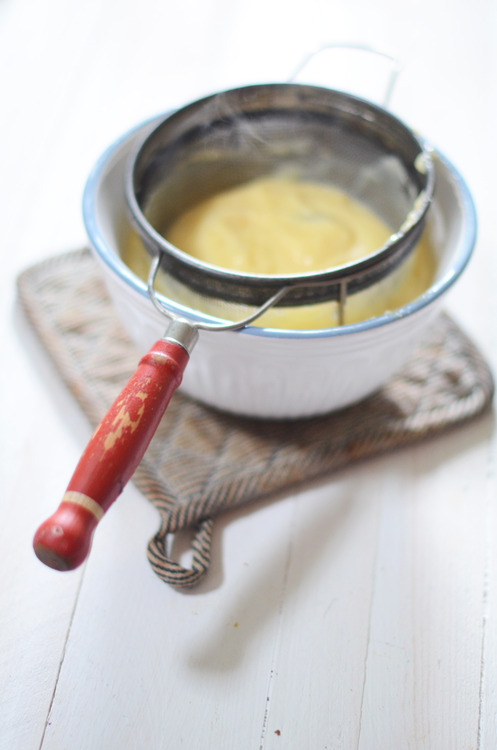
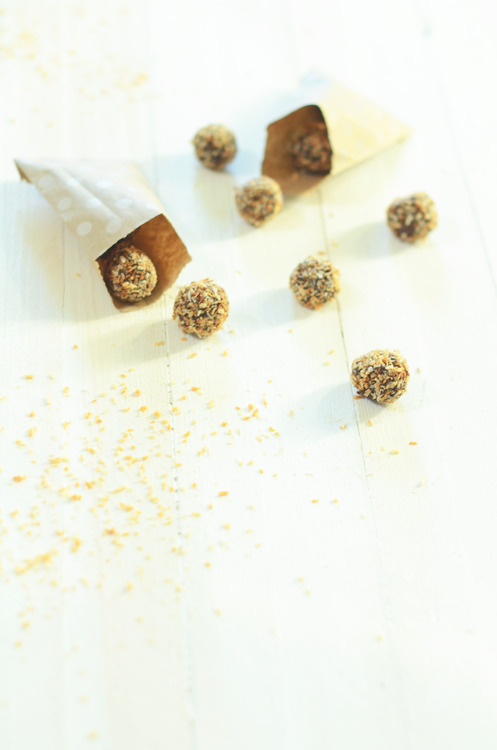
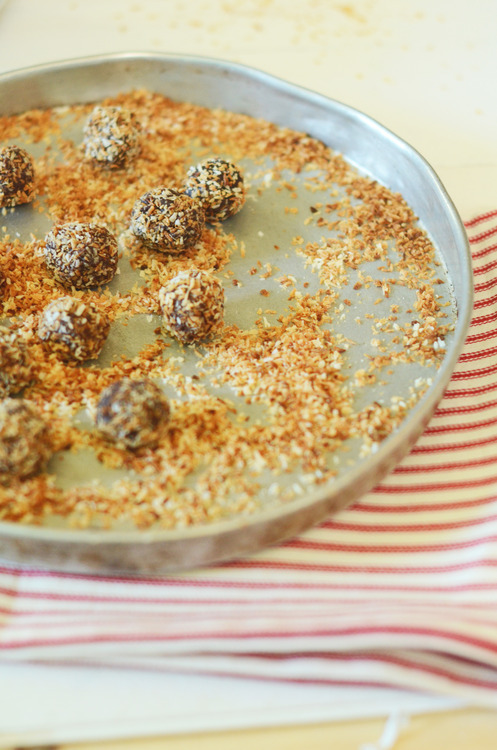
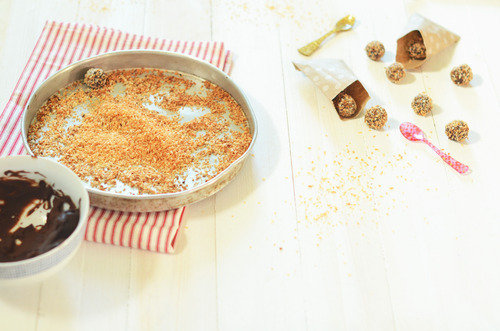
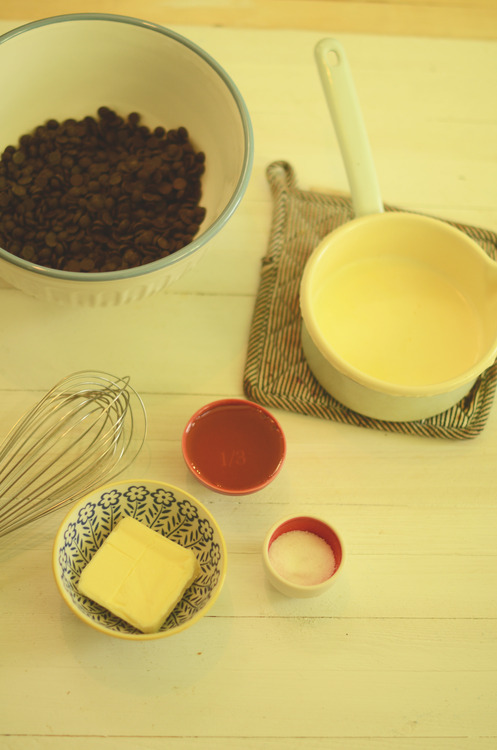
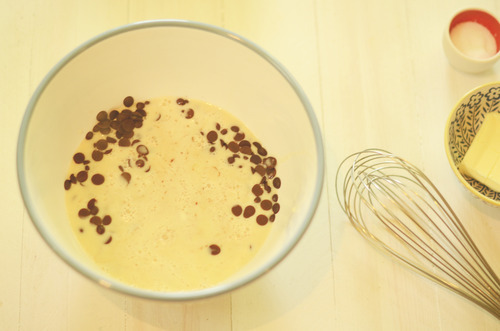
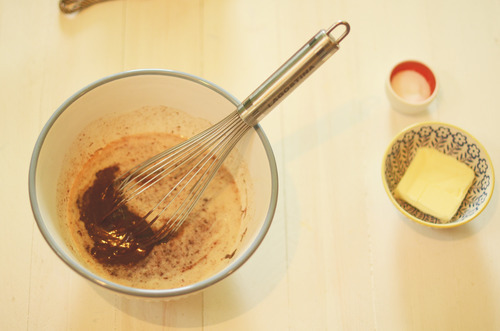
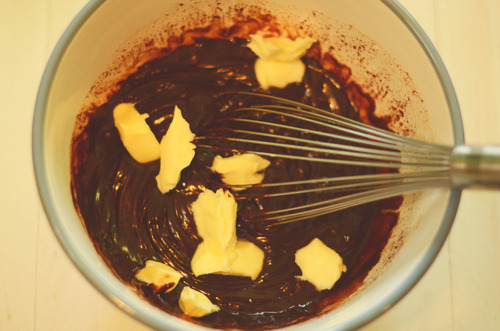


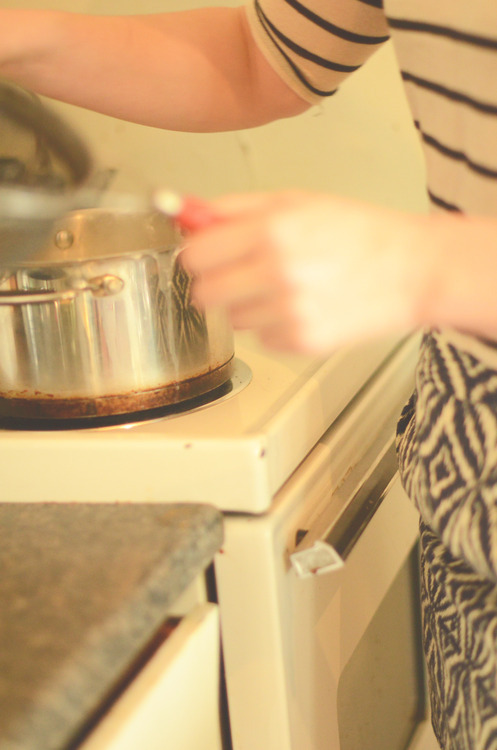
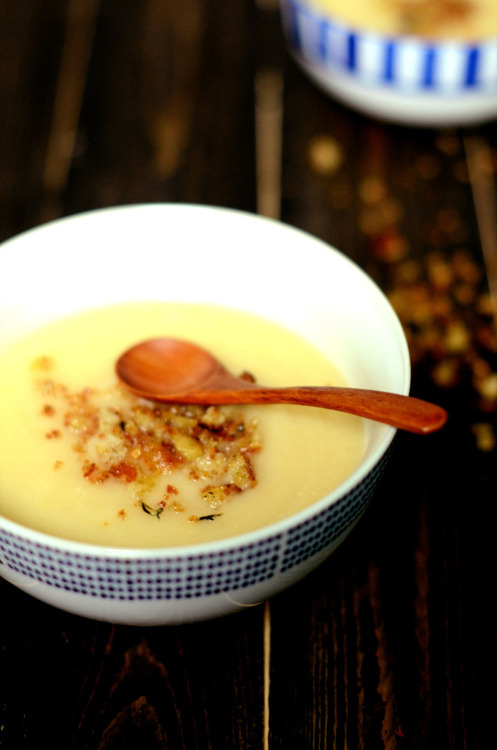 Do you remember that wonderful post that Shelly from Vegetarian Ventures did here a few weeks back? Well she was kind enough to let me build on that and give you the secret to pureed soups, and put it up on her beautiful blog!
Do you remember that wonderful post that Shelly from Vegetarian Ventures did here a few weeks back? Well she was kind enough to let me build on that and give you the secret to pureed soups, and put it up on her beautiful blog! 



 ,I live in a very Italian neighbourhood, and my local market makes the most outrageously good ricotta cheese. The thickest, creamiest, most glorious ricotta I’ve ever had. It’s so good.
,I live in a very Italian neighbourhood, and my local market makes the most outrageously good ricotta cheese. The thickest, creamiest, most glorious ricotta I’ve ever had. It’s so good.





 The very first thing I learnt at the very first restaurant I ever worked at, was how to make mayo. Specifically this herb laden, lemon spiked, garlicky mayo that we served with the frites. The sous chef at the time swears to this day that when he tried mine, and I had made it taste just like he showed me, he decided to take a chance on me and mentor me.
The very first thing I learnt at the very first restaurant I ever worked at, was how to make mayo. Specifically this herb laden, lemon spiked, garlicky mayo that we served with the frites. The sous chef at the time swears to this day that when he tried mine, and I had made it taste just like he showed me, he decided to take a chance on me and mentor me.





























 and fold the other pieces on top of it to seal it in.
and fold the other pieces on top of it to seal it in.










































